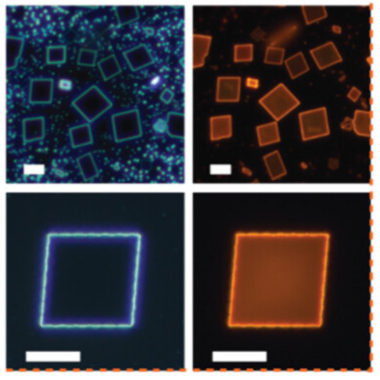Quantum computations solve a half-century-old mystery of elusive spectral lines
The high-lying vibrational states of the weakly bound magnesium dimer (Mg2), a prototype species for investigating heavier alkaline-earth diatomics that have emerged as probes of ultracold and collisional phenomena at the intersection of chemistry and physics, have eluded experimental detection for half a century. Until now, only the first 14 vibrational states of Mg2 have been experimentally confirmed, although it has been speculated that the ground-state electronic potential may support five additional levels. In the recent study published in Science Advances, MSU Chemistry Professor Piotr Piecuch and two members of his group, Stephen Yuwono and Ilias Magoulas, reported the nearly exact ground- and excited-state electronic potentials involved in laser-induced fluorescence (LIF) and photoabsorption experiments and used them to determine the complete rovibrational manifolds for all stable isotopologs of Mg2, including bound as well as quasi-bound states, with an accuracy on the order of 1 cm−1 when comparing the calculated and experimentally derived term values. They also determined the electronic transition dipole moment function, which allowed them to simulate the observed LIF spectra, including line positions and intensities, with unprecedented precision. The ground-state potential obtained in the study unambiguously confirmed the existence of 19 bound vibrational states, i.e., five more than detected experimentally. The computations also provided long-awaited guidance for the detection of the previously unresolved levels. The study demonstrates that the predictive power of modern electronic structure methodologies based on first-principles quantum mechanics is no longer limited to small few-electron species.
Reference:
S.H. Yuwono, I. Magoulas, P. Piecuch, “Quantum computation solves a half-century-old enigma: Elusive vibrational states of magnesium dimer found,” Science Advances 6 (14), eaay4058 (2020). DOI: 10.1126/sciadv.aay4058
![Comparison of the experimental LIF spectrum of 24Mg2 [black solid lines; adapted from H. Knöckel et al., J. Chem. Phys. 138, 094303 (2013), with the permission of AIP Publishing] with its ab initio counterpart determined in this work (red lines). Image courtesy of the American Association for the Advancement of Science: S.H. Yuwono, I. Magoulas, and P. Piecuch, Science Advances 6 (14), eaay4058 (2020).](/sites/_chemistry/assets/Image/news/Sci-Adv-6-eaay4058-fig3.jpg)
Comparison of the experimental LIF spectrum of 24Mg2 [black solid lines; adapted from H. Knöckel et al., J. Chem. Phys. 138, 094303 (2013), with the permission of AIP Publishing] with its ab initio counterpart determined in this work (red lines). Image courtesy of the American Association for the Advancement of Science: S.H. Yuwono, I. Magoulas, and P. Piecuch, Science Advances 6 (14), eaay4058 (2020).
Additional Articles



